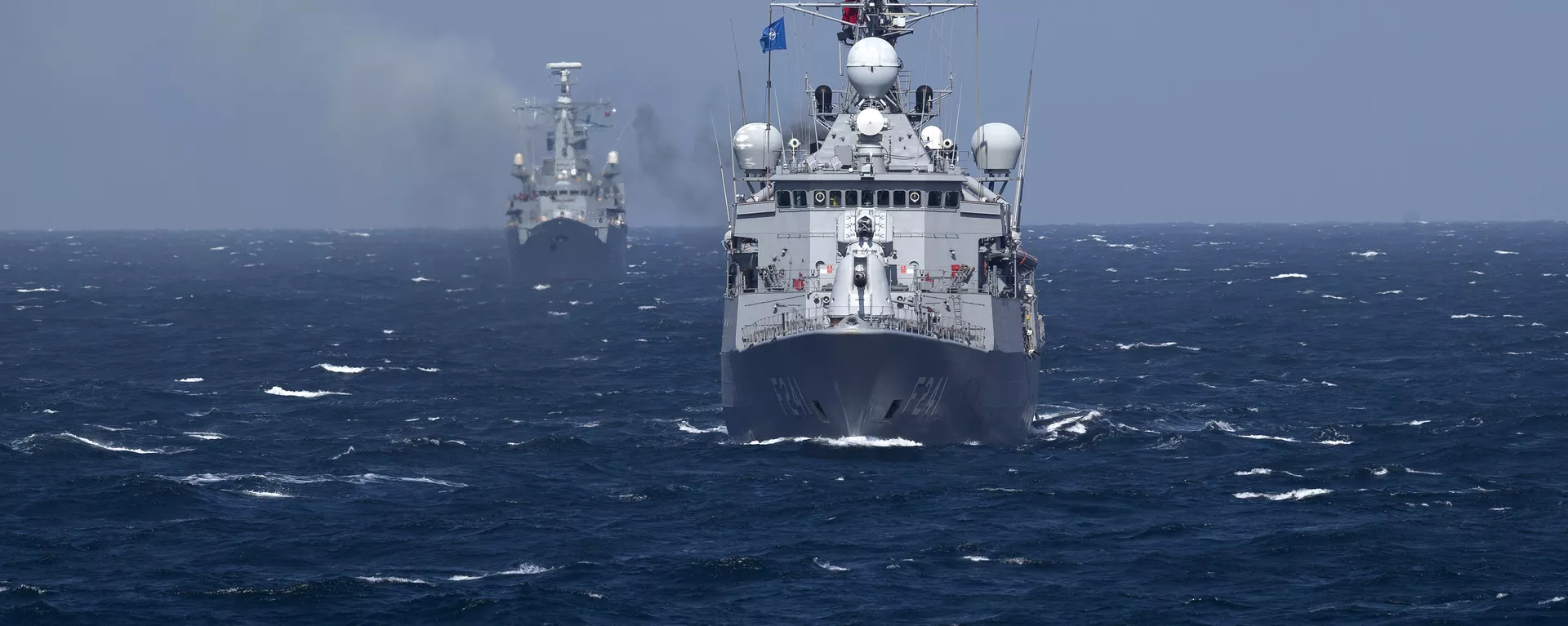Now, an “emerging consensus” among US and European intelligence agencies is that the cables were damaged by accident.
Multiple officials told the Washington Post Sunday that investigations have found “no indication” that the damage, caused by commercial vessels dragging their anchors across the underwater infrastructure, “did so intentionally or at the direction of Moscow.”
Rather, officials said intercepted communications and other classified info found that they were caused by “inexperienced crews serving aboard poorly maintained vessels.”
The investigations studied three incidents, involving:
* The Eagle S, an oil tanker seized by Finland in late December after the vessel was accused of dragging its anchor across the Estlink 2 powerline linking Estonia and Finland. Finnish President Alexander Stubb earlier claimed the incident was “definitely” Russia-linked.
* The Yi Peng 3, a Chinese bulk carrier accused of severing two Baltic Sea fiberoptic cables in Swedish waters in November, which was held for more than a month in a Danish shipping lane during an investigation. German Defense Minister Boris Pistorius called that incident “sabotage.”
* The Newnew Polar Bear, a Hong Kong-registered ship that damaged the Balticconnector pipeline linking Finland and Estonia in October 2023. China acknowledged the ship’s responsibility for the damage last August.
The conclusion that Russia was not responsible for attacking Baltic infrastructure is somewhat surprising, given the habit by Western intel to blame Moscow first and ask questions later, exemplified by the claim that Russia blew up its own Nord Stream pipeline infrastructure in 2022 because…reasons?

 2 months ago
27
2 months ago
27







 We deliver critical software at unparalleled value and speed to help your business thrive
We deliver critical software at unparalleled value and speed to help your business thrive






 English (US) ·
English (US) ·